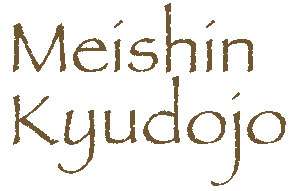
 |
|||
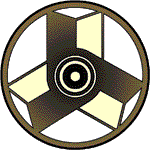
Kyudo Equipment

Realistically, a kyudojo is anyplace with room enough to raise the bow and suspend a target. Our own kyudojo, the Meishin Kyudojo, is located near Raleigh, North Carolina on three wooded acres. It is a 5 person kyudojo designed to allow for practice that complies with All Nippon Kyudo Federation procedural standards. All kyudojo, regardless of their size and location, are more than just places to shoot arrows; they are places to contemplate the true self and must be treated accordingly with respect and dignity.
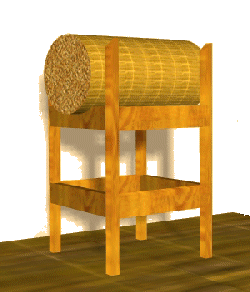
A makiwara is a straw practice target that is shot at from a bow's length away. All full-distance kyudojo have one or more makiwara for student use. It is important to note that makiwara practice is not, in any way, inferior to full-distance practice. Many of the world's kyudojo are used exclusively as makiwara dojo.
 |
||
A standard kyudojo consists of three basic elements: the shajo (shooting hall), the yamichi (arrow pathway), and the matoba (target house). Each part is described in detail below:
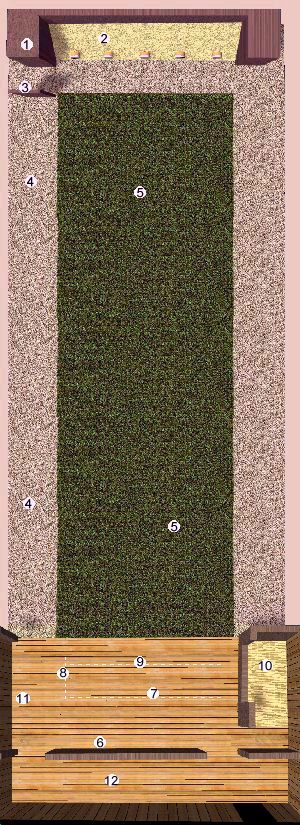
A three-sided, covered enclosure which protects the target bank from exposure to the elements.
#2: Azuchi (target bank)
An earth and sand bank at least 1 - 1.5 meters deep and 1.3 - 1.8 meters high, with a 58° to 60° sloping angle.
#3: Kantekijo (target viewing area)
A small enclosed room just off to one side of the azuchi that protects target attendants during shooting.
#4: Yatori-michi (arrow retrieval path)
A walkway that extends from the shajo to the matoba and is located out of the line of shooting.
#5: Yamichi (arrow pathway)
Usually an expanse of lawn or sand that defines the shooting area.
#6-12: Shajo (shooting hall)
The shajo is an open-faced building with a ceiling at least 3.8 meters high. It usually has a polished wooden floor and ideally is large enough to allow a space of 1.8 meters between the archers.
#6: Hikae (waiting area)
During practice sessions this is an area where participants may observe the shooting. At examinations it is reserved for the next line of archers awaiting their turn to shoot.
#7: Honza (starting position)
The line of archers begin the shooting procedure from this position.
#8: Sadamenoza (establishing position)
Used only in formal shooting situations, it is the area where the archers ceremonially present themselves before advancing to the starting position.
#9: Shai (shooting position)
The shai is an imaginary line centered directly in front of the kamiza, and located precisely twenty-eight meters from the face of the target.
#10: Kamiza (upper seat)
Kamiza means "God's Seat" or "Upper Seat." It is the seat of honor and is reserved for instructors and important guests. The kamiza is always located to the right of the targets.
#11: Shimoza (lower seat)
The area to the left of the targets, opposite the kamiza.
#12: Rear Hikae and/or Makiwara practice area
An optional area where the makiwara can be used without disturbing the main line of archers. It is also used as a staging area and as an area for equipment storage.
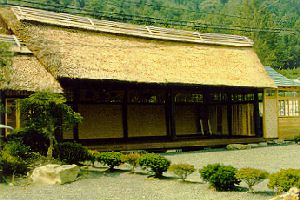
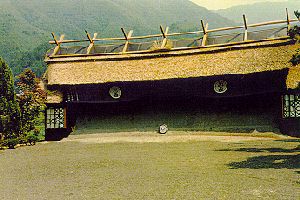
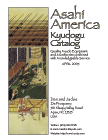
| This site is maintained by Dan and Jackie DeProspero, co-authors with their teacher, Hideharu Onuma Hanshi, of the books Kyudo: The Essence and Practice of Japanese Archery and Illuminated Spirit: Conversations with a Kyudo Master http://www.kyudo.com.html—Revised April 2, 2012 Copyright © 1998 Dan and Jackie DeProspero |
||